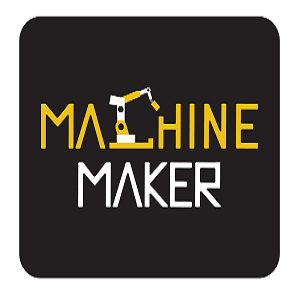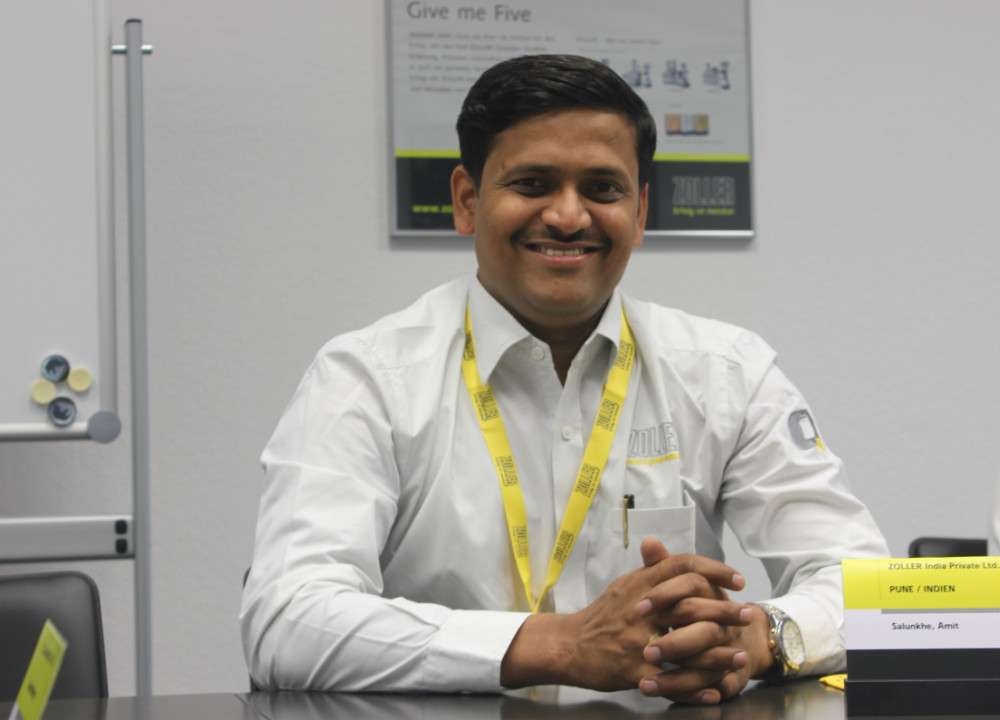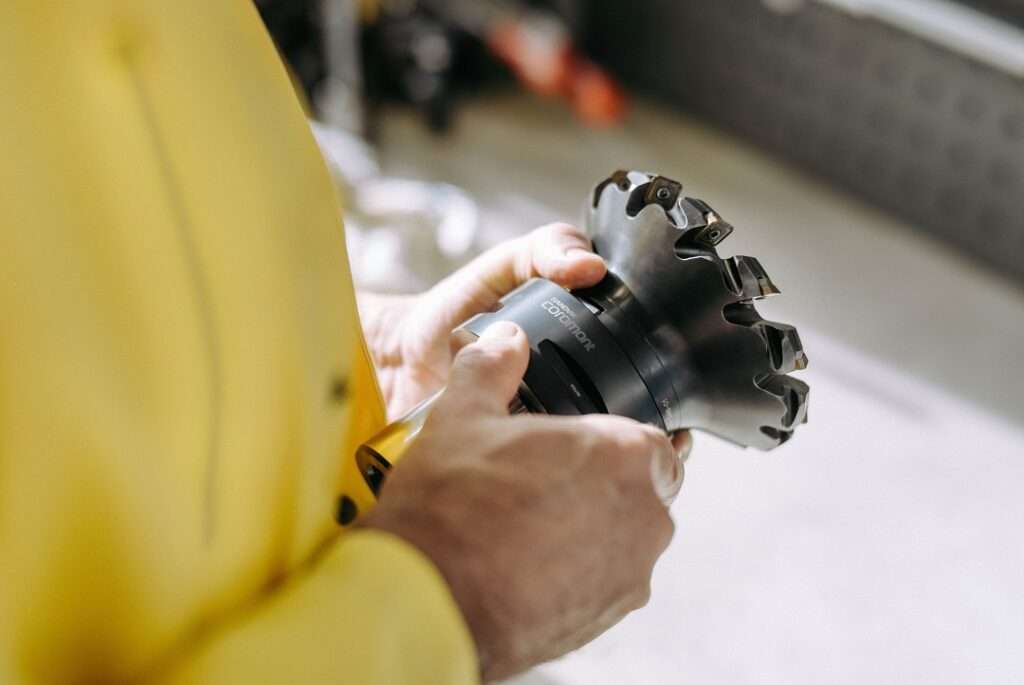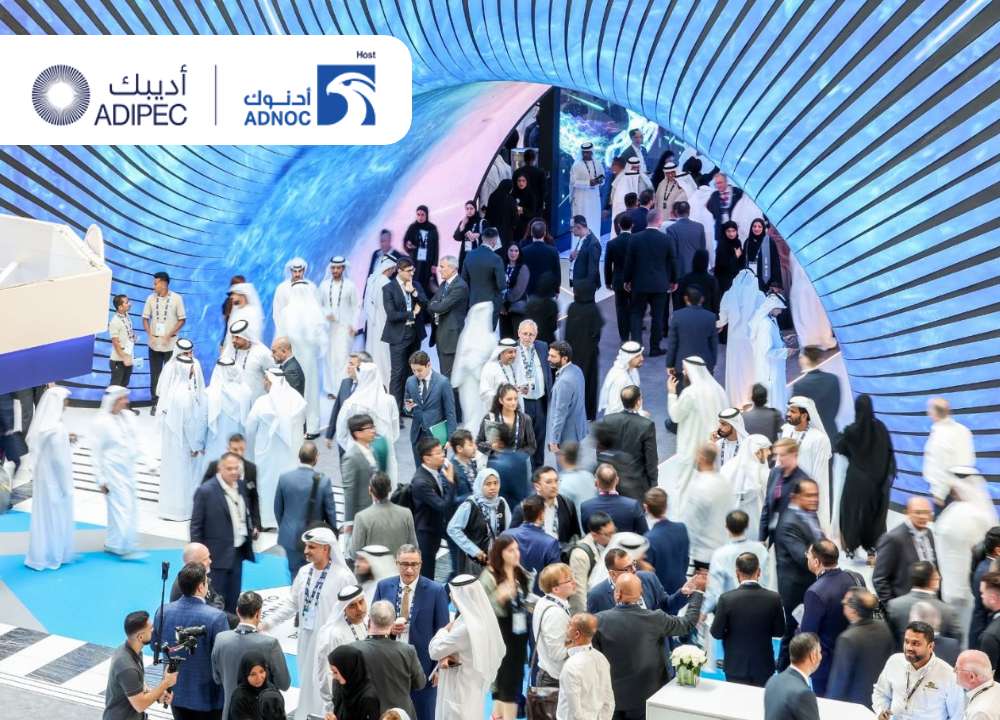- Team Abhiyaan comprises of 37 like-minded students affiliated to the Centre for Innovation at IIT Madras
- They have developed a prototype of an automatic driverless car
- Team has participated and stood 2nd worldwide in the prestigious Intelligent Ground Vehicle Competition, 2019 held at Michigan
According to a recent report by World Bank India has one of the highest rates of road crashes in the world and every year about 150,000 people lose their lives on India’s roads. Road Accident Data Management System (RADMS) has revealed that human error was the primary reason for these accidents. This percentage of human error is almost around 93%. To tackle this challenge some students from IIT Madras are working to develop an autonomous driverless car. In this article for the young maker, section read the story of Team Abhiyaan from IIT Madras which aims at giving brain to the car.
Founding Team Abhiyaan
It was conceptualized by the IIT-M alumni in 2014 to participate in various competitions for the intelligent ground navigation systems. Aakash Arul Mozhi Nambi, one of the members of the team while talking about the journey said, “With a rough start like any other innovative platform we went through their own ups and downs but we didn’t let our journey consume us.” He added that the vision of the team is to create an autonomous navigation system to negate human risk. The team is currently looking forward to applying this technology to real-life problems and solve them.
Racing it Hard
Team Abhiyaan participates in many competitions organized across the world for smart navigation. They have success in competitions across the globe. The Intelligent Ground Vehicle Competition (IGVC) is an annual international robotics competition for teams of undergraduate and graduate students at Oakland University in Rochester, Michigan. Participating teams design and build an autonomous ground vehicle capable of completing several difficult challenges. In 2017, Team Abhiyaan was placed 13th overall out of many teams across the globe in IGVC. In 2018 they went up to 10thrank and in 2019 they achieved a breakthrough by standing as 1st runner up.
Now we want to build an actual driverless car and participate in Spec 2 of Intelligent Ground Vehicle Challenge and for that, we have already started this process and have acquired a car
Aakash Arul Mozhi Nambi
Team Abhiyaan
He added that in future they will surely work for building a defense bot and delivery bot.
In the autonomous race cars section, the team is currently enrolled in Indy Autonomous Challenge in the USA and has qualified to Round 2 with exception accreditation in Round 1 by the juries. The Indy Autonomous Challenge has participants from significant universities around the world such as MIT, Texas A&M, UC Berkley.
Bot Virat’s Intelligent Navigation
Team Abhiyaan has built a prototype version of a driverless car. It is a bot called Bot Virat. It is capable of moving autonomously between 2 GPS points. It can detect and avoid obstacles in its path.
Bot Virat has 3 modules to its design- software, electrical and mechanical. The software code is written using ROS Framework to enable end-to-end GPS waypoint navigation and obstacle maneuvering and has algorithms for lane, pothole and flag detection. The electrical module incorporates precise motor position feedback mechanisms and a state-of-the-art battery management system. The lower controller framework provides for efficient processing and debugging of five sensor inputs. Mechanically, the bot has an aluminum chassis with robust motor and gear coupling.
Learning it From Seniors and Teachers
The team is currently incubated in the Centre for innovation, a student lab at IIT Madras Centre. Aakash Arul MozhiNambi who is one of the members of the team said, “It is a great workspace, as we work alongside students with a similar vision and a zeal to innovate.” Talking about the support from seniors and teachers Aakash added, “We receive ample guidance from faculty and seniors and they are available at any time for us.”
The Team
The Team Abhiyaan functions like a full set up structure and has departments such as mechanical, electrical, software and Sponsorship & PR. They have defined jobs for each module. The mechanical module looks after the robust and stable framework and mechanical structure whereas electrical manage circuit designing. They are supported by software modules with efficient programs & algorithms. The non-technical part of the team is managed by the Sponsorship & PR module. They work for bringing in the capital and fulfill other requirements such as funds and equipment of the team. Manan Banga is doing her MBA from IIT Madras and while talking about the job of this module she said, “Like technical modules job of this module is equally important.” She added that the PR module ensures that the team’s achievements receive enough attention and grab enough eyeballs it does not make a true impact until these achievements are publicized properly.
When asked what message they would like to give other students Aakash said that the students should figure out what they are fascinated about and what drives them. When asked what inspires them he answered that this realization that they are working for taking humanity to the next stage by developing such a product is enough to keep them going.
With interest in artificial intelligence (AI), mechanical design and his love for cars, he wanted to give the car a brain and that is why he joined Abhiyaan
Aakash Arul Mozhi Nambi
Team Abhiyaan
Driverless Cars on the Road
While talking about their future plan this 20-year-old engineer with determination in his voice said that their current plan is to convert this idea into a start-up and to find possible real-world applications. He added that the future will be totally dependent on how well the vehicle is capable of handling a wide set of situations with extreme possibilities in the environment.
While talking about the limitations of an automatic driverless car he said that currently, most autonomous vehicles have shown significant development in handling extreme situations but with this observation one cannot conclude that it is Safe. He later added that one can term autonomous transportation as safe only if they achieve Level 5 autonomy. “One more significant factor depends on how end-users accept and feel comfortable with autonomous cars”, said Aakash while explaining the challenges for them.
When asked when will be able to see their driver-less cars on the road Aakash answered, “Any product is successful in the market only when it is accepted by the end-users that it is safe and satisfies their needs, until then however good the technology might be it is hard to see it in the hands of common people.” He further said that therefore keeping all these factors in mind one can expect autonomous cars to be common either during the end of the decade (2020-2030) or the beginning of the decade (2030-2040).
Considering conditions of India’s infrastructure, Aakash said that the autonomous transportation in in-campus and delivery sectors is expected to increase drastically by 2025 but the process of bringing an autonomous car on Indian roads could take 15 – 20 years.
For more information please visit- https://www.teamabhiyaan.com/
Email Id- abhiyaan@smail.iitm.ac.in







